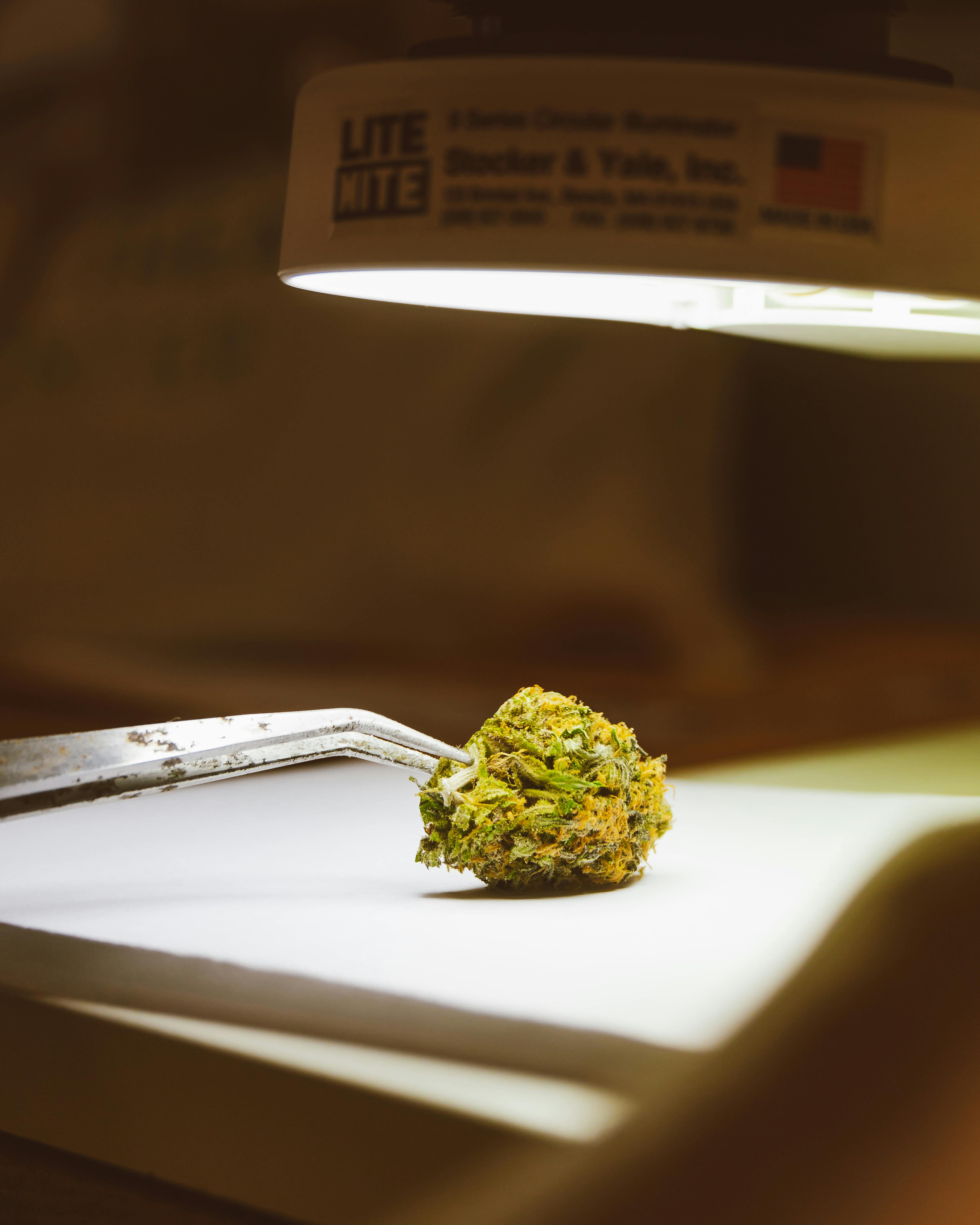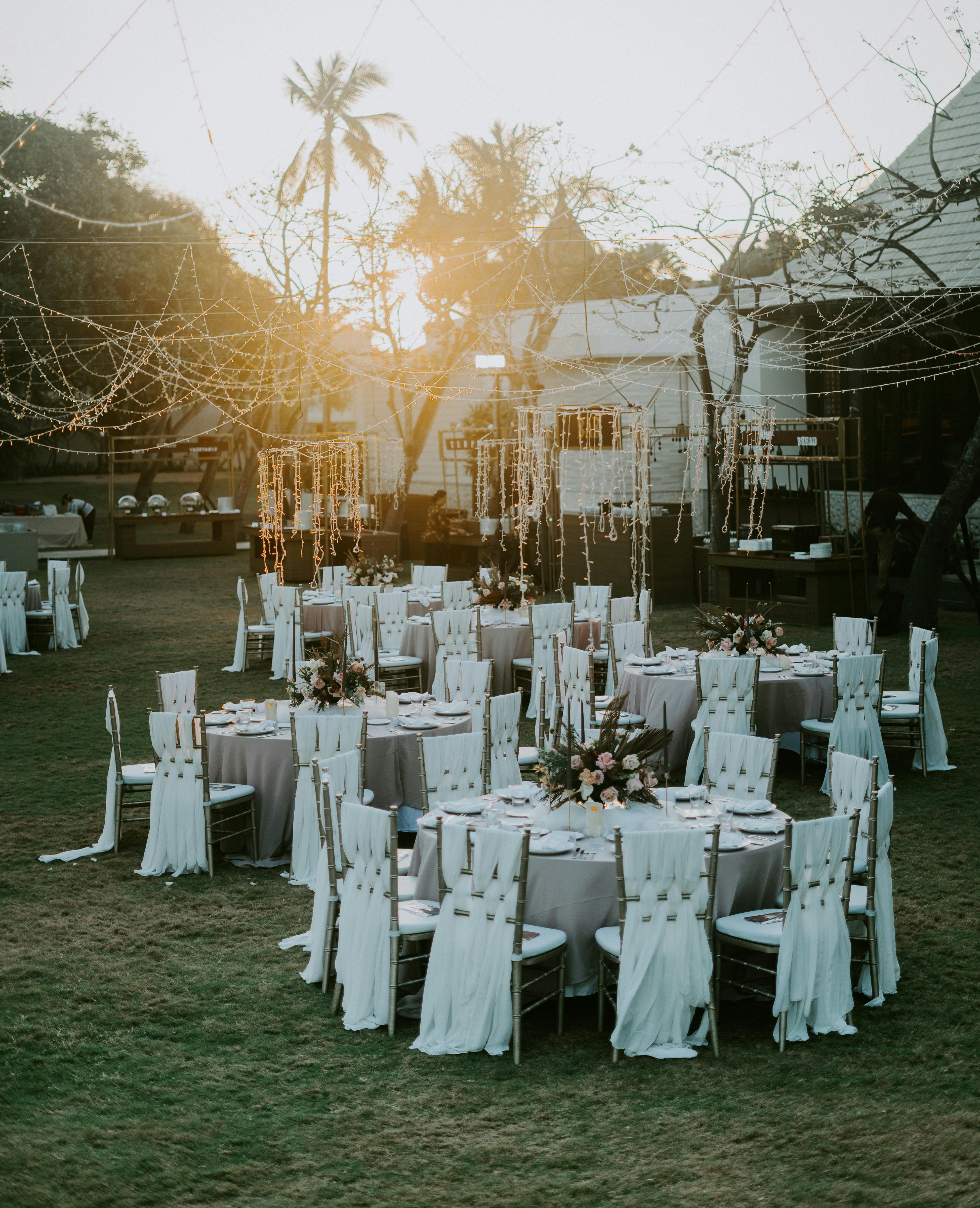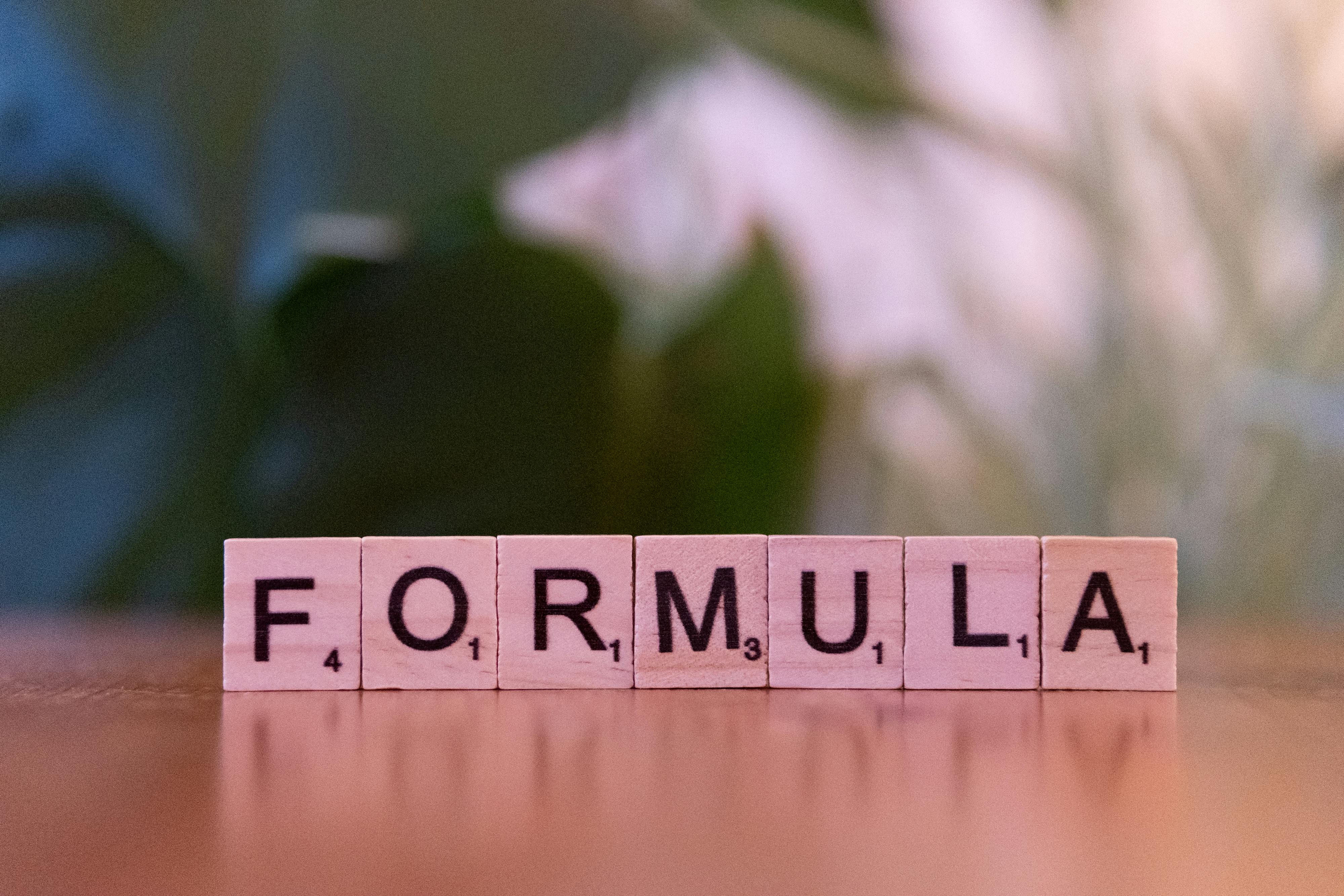Essential Guide to Improving Your Pot Coffee Skills in 2025
Coffee has been a beloved beverage across the globe for centuries, fueling countless conversations and inspiring daily rituals. In 2025, as our appreciation for quality coffee continues to grow, so does the need for mastering the art of brewing it effectively. Understanding how to make coffee using a pot setup can elevate your coffee experience, ensuring that each cup is not just a drink, but a moment to savor.
The art of coffee brewing encompasses various elements, including the choice of coffee grounds, water temperature, and brewing time. Each factor contributes to the overall flavor and quality of your coffee. This article will provide you with essential techniques, tips, and insights into creating the perfect pot of coffee. Whether you're new to coffee preparation or a seasoned enthusiast looking to refine your skills, there's something here for everyone.
As we explore various methods such as drip coffee, stovetop, and French press brewing, you'll learn about effective coffee brewing techniques along the way. We'll also take a dive into the science behind coffee extraction, examining how different variables can impact the potency and taste of your brew. So, grab your coffee making equipment, and let's unravel the secrets to making fresh, flavorful coffee at home!
Key takeaways from this guide include understanding coffee ratios, mastering brewing times, and optimizing your coffee pot use. You’ll also discover innovative coffee recipes and the significance of consistent coffee quality.
Mastering the Coffee Brewing Principles
To truly improve your pot coffee skills, it's crucial to understand the primary brewing principles. This foundation will influence how you approach every cup, ensuring that you create a consistently satisfying brew. Coffee brewing involves the extraction of flavors from coffee grounds using hot water, and getting this process right is central to good coffee.
Understanding Coffee Extraction
Coffee extraction refers to the process of dissolving flavor compounds from coffee grounds. Ideally, this should occur steadily to yield the best coffee flavor. Over-extraction, which happens when coffee grounds are exposed to hot water for too long, results in bitter flavors. Conversely, under-extraction causes a sour and weak brew. Pay attention to your brewing time and adjust based on the method you choose; for example, drip coffee typically brews within 5-6 minutes.
When brewing, the water temperature plays a crucial role. The optimal temperature for coffee extraction ranges from 195°F to 205°F. Too hot, and you'll scorch the grounds; too cool, and you won't extract the desired flavors. Having a good coffee kettle on hand can help you maintain the right temperature easily.
The Role of Coffee Ratios
Coffee to water ratio is another essential component of brewing. For most brewing methods, a common guideline is to use one to two tablespoons of coffee grounds for every six ounces of water. This measurement can vary based on personal taste preferences, coffee bean grind, and the brewing method employed. Experimenting with different ratios will help you identify your ideal flavor profile. Keeping a consistent measurement will aid in replicating your favorite brews.
Choosing Quality Coffee Beans
The foundation of your coffee lies within the beans you select. Quality coffee grows in diverse regions, and different varieties offer unique flavor profiles. When choosing coffee beans, consider origins and processing methods to diversify your coffee experience.
Light roast coffee typically presents bright flavors, while dark roast offers deeper, richer tastes. Explore various beans and try grinding coffee beans just before you brew for maximum freshness. To further enhance your coffee flavor, paying attention to the storage of your coffee beans is equally important. Ensure they're stored in an airtight container away from light and moisture.
As you get accustomed to these brewing principles, you’ll find that understanding your ingredients deeply can transform your coffee rituals, leading to more delightful coffee experiences in each pot brewed.

Exploring Different Coffee Brewing Methods
With a solid grasp of coffee brewing principles, it's time to delve into various brewing methods. Each technique offers unique flavors and experiences, catering to the preferences of different coffee enthusiasts. From traditional drip coffee to innovative pour-over styles, mastering these methods will diversify your coffee repertoire.
Drip Coffee: The Classic Choice
Drip coffee remains one of the most common and convenient methods for brewing coffee, particularly with an automatic coffee maker. The process involves placing coffee grounds in a filter and allowing hot water to drip through, which extracts flavors as it flows into a carafe.
To ensure you get the best flavor, make sure to use quality coffee filters and adjust your ground size depending on the machine's brewing style. A medium grind is excellent for a drip coffee maker, while a coarser grind works best for a French press. Don't forget to clean your coffee pot regularly, as old oils can adversely affect taste.
Stovetop Coffee: A Timeless Method
Stovetop coffee, or Moka pot brewing, offers a rich coffee concentrated in flavor. This method utilizes steam pressure to extract coffee, creating a strong and aromatic brew. To make stovetop coffee, fill the bottom chamber with water, and add ground coffee to the filter basket before placing it on the stove.
One key to success with stovetop coffee is to manage your heat. Too high of a flame can cause the coffee to burn, while a low flame may lead to a longer brewing time, compromising the flavor. Experiment with your stovetop timing and heat for an optimal result.
Pour Over: Precision Brewing
The pour-over method has surged in popularity due to its hands-on approach and ability to control coffee extraction precisely. This method lets you pour hot water over coffee grounds gradually, allowing you to maximize flavor extraction.
When employing this brewing technique, the coffee grind must be uniform and medium-fine for optimal extraction. The key here is to pour in a slow circular motion to ensure even saturation of the coffee grounds. This will help you achieve a well-balanced cup of coffee, highlighting the unique attributes of the beans used.
Mastering these brewing methods opens up endless possibilities for enhancing the flavors in your cup. Each has its charm, catering to different moods and preferences, ensuring there’s always an exciting coffee experience around the corner.

Advanced Techniques for Coffee Enthusiasts
Once you've familiarized yourself with various brewing methods, it's time to explore advanced techniques that can enhance your coffee preparation skills. These approaches can help you personalize your coffee experience further, optimizing for flavor complexity and satisfaction.
Customizing Coffee Recipes
One of the significant ways to improve your brewing skills lies in customizing coffee recipes. Don't hesitate to explore unique flavor pairings such as infusing spices or different types of milk in your coffee. For instance, using cinnamon can add warmth, while cocoa powder introduces a delightful richness. There are also many international coffee drink recipes to try, such as Turkish coffee or Vietnamese iced coffee, that can expand your coffee repertoire.
Exploring Coffee Tasting Experiences
Understanding the intricacies of coffee flavors can come from engaging in proper tasting. Coffee tasting involves evaluating multiple sensory attributes—such as aroma, acidity, body, and flavor notes. Take the time to document these characteristics can lead to more informed choices in your future coffee selections.
Participating in local coffee tasting events will also expose you to diverse coffee varieties, allowing you to deepen your appreciation for different brews and techniques. This communal aspect of coffee can foster connections with other coffee lovers, helping to refine your understanding and skills further.
Perfecting Your Coffee Brewing Time
Another advanced concept is the control over your coffee brewing time. Each brewing method has a suggested range for optimal brewing time; however, personal experimentation can yield diverse flavor profiles that suit your palate. Adjusting the time can enhance certain tastes—a longer brewing time may result in stronger and bolder flavors, while shorter brewing time can highlight brighter, more nuanced notes.
Keeping a coffee journal to track variables such as time, ratio, and method can promote better consistency and reveal insights into what you enjoy most. This knowledge empowers you to fine-tune your coffee-making process and produce the best pot of coffee each time.
Common Coffee Brewing Mistakes and Tips to Avoid Them
Even seasoned coffee enthusiasts can stumble upon common brewing mistakes. Learning to recognize these errors is integral to developing your coffee skills and ensuring consistently delicious brews.
Neglecting Measurement
One of the most frequent issues is the lack of accurate measuring when it comes to coffee preparation. Using too little or too much coffee relative to water can lead to unsatisfactory results. It’s essential to stick to a specific ratio, as this will impact your coffee strength and flavor. Investing in a good digital scale can greatly enhance accuracy, especially for specialty brewing methods.
Overlooking Freshness
Freshness plays a pivotal role in coffee quality. Using stale coffee grounds can ruin the entire brewing experience, leading to lackluster flavors. Always buy quality beans and check the roast date when purchasing. Aim to use coffee within a few weeks of roasting, and store them properly to maintain freshness.
Inconsistency with Water Quality
The water used in brewing significantly impacts the coffee flavor. If your tap water has a high mineral content or distinct taste, it can reflect in your coffee. Using filtered water can elevate your brew and ensure clean flavors. Additionally, maintaining the correct water temperature can aid in improving the extraction process, enhancing your overall coffee experience.

Conclusion
Improving your pot coffee skills in 2025 requires a mix of understanding the core principles of coffee brewing, exploring various methods, and embracing advanced techniques. As you adopt best practices and avoid common mistakes, you'll find your coffee experience more rewarding and flavorful. Remember that coffee brewing is as much about personal expression and exploration as it is about technical accuracy. Challenge yourself to experiment with different recipes, taste profiles, and brewing times, and you’ll be well on your way to achieving perfect coffee every time.
Continuously learning about coffee can enhance not only your brewing skills but your appreciation for the craft itself. So grab your favorite coffee pot, gather interesting beans, and embark on your journey of creating exceptional coffee!
